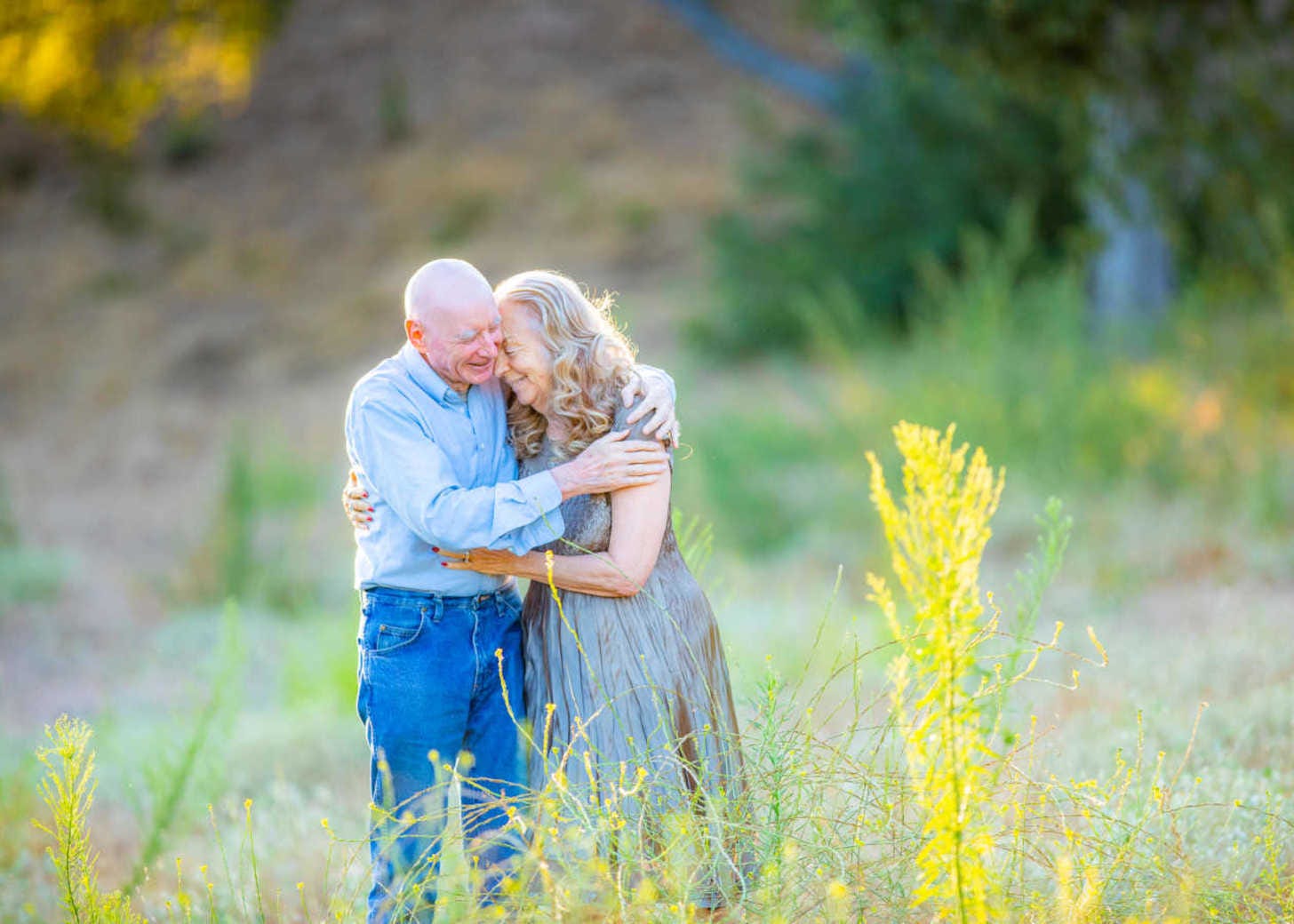Why Mutuality is Important in a Successful Relationship
The direct experience of mutuality is a critical aspect of a peaceful and conflict-free relationship

The direct experience of mutuality is a critical aspect of a peaceful and conflict-free relationship. It is the sense of being in the relationship, rather than just being our individual selves. In fact, “rather than” is the wrong connector here; it’s really “at the same time as.”
Yet, many people do not recognize or acknowledge this aspect of their relationship. This is not surprising, as the mutuality we speak of is a transcendent experience; one of those areas which require a suspension of normal boundaries, and a stepping into, an allowing of another dimension.
This doesn’t make any sense if you think of identity as residing in your body, bounded by your skin and probably created by brain activity. Concussion or anesthesia will switch it off for a while. Any number of documentaries and neurologists espouse this model.
But that is a very isolated view of identity. We are not an isolated universe, disconnected from everything else; we are part of the entire world. A little reflection will show that we identify with our gender, our culture, our family … the list is long.
Our experience is that we, as a couple, are a tangible experience in addition to that sense of self. I can be myself and part of that at the same time. It is a fluid identity.
This may sound quite far fetched, and yet it is attainable by many. Each party must have a strong sense of themselves, while at the same time allowing the us, the we, to be equally true. This is only possible when there is complete trust in the other. It does not take away from the individual self, it adds a self; one existing in union with another.
Imagine you and your partner are lumps of modeling clay. When you are completely open and undefended, there is no risk, no cost to getting close because you know and trust that you are not going to be attacked. So as these two lumps of clay are squeezed together, the boundary is shared by both lumps equally. Even though it appears as a different shape from both sides, each lump knows the other lump has an understanding of the boundary that complements its own.
Here’s a story neither of us has told before. It was in the early months of our relationship, and we hiked to a hilltop gazebo in Toro Canyon Park with the coastal range in the background and no other person to be seen. We had what we can only describe as a transcendental or psychedelic experience of unity. We were both hit by an overwhelming sensation of oneness, filling us with peace and joy. The moment was completely mutual, obviously so, and required no words for us both to know that.
It was also completely non-drug induced. Many psychedelic events have this quality, as do sexual encounters and the experience of merging they often provide. This connection and the consciousness of a mutual self has remained and become a foundation of our relationship.
We guess that every relationship is blessed with the experience of intense connection in its early days, yet in the course of many relationships, big and little hurts can occur, whether from failings, criticism, or merely neglect. These things may slowly erode this connection and cause distance and estrangement. The more there are, the harder it is for people to practice the openness needed for a deep connection to happen because to open yourself up is to expose yourself to possible attack.
When you feel this loss of connection, don’t assume either it’s your partner or that it’s you; that is something to be found out. Examine first for yourself what it is that you are feeling and why, and then talk with your partner. It is important to speak personally, communicating that you are feeling something causing a sense of distance that you know need not be there.
Trust that your mutuality still exists and that your partner values it as much as you do. Speak of your commitment to each other and find words to share that you are on the same side. If your core values match and you are both committed to your relationship, then you can jump past this hurdle. Being in physical contact always helps in these exchanges.
This place of mutuality, where you both meet and merge, where you both exist as separate and together, will carry you through many difficult situations. It will always bring you back to the reasons you are together. It is this way for us, and has been for numerous couples we have interviewed, healing unnecessary distances within the partnerships. It brings you in touch with the very essence of intimacy.
Reading Corner
The closest we could find about this concept was articles talking about problem-solving and decision-making.
The Art of Solving Relationship Problems “Unsettled problems are a major source of stress, stress that can not only undermine your relationship, but your diabetes management as well. Research has shown that successful relationships are not those that necessarily have fewer problems, but those that have found effective means of solving the problems that come up. Here is a 6-step process for tackling and solving those problems in your relationships.”
Learning to Make Joint Decisions “Learning to make joint decisions is an important part of any long-term romantic relationship. While decisions start small, with tonight’s supper, they get bigger, through the colour of the bathroom to whether to have children, how to manage childcare, and whether to move abroad to support one partner’s career, for example. Developing a reliable basis for decision-making and discussion will provide a good foundation for a long-lasting relationship.”
7 Solutions That Can Save a Relationship “Even though every relationship has its ups and downs, successful couples have learned how to manage the bumps and keep their love life going, says marriage and family therapist Mitch Temple, author of The Marriage Turnaround. They hang in there, tackle problems, and learn how to work through the complex issues of everyday life.”



